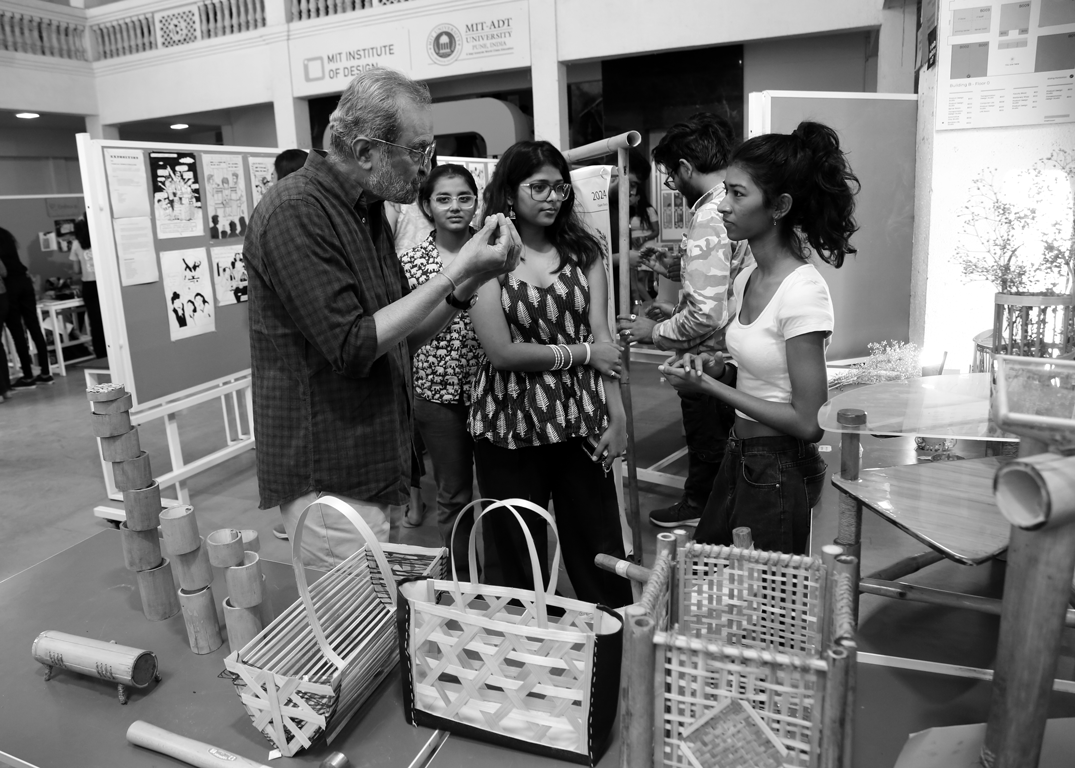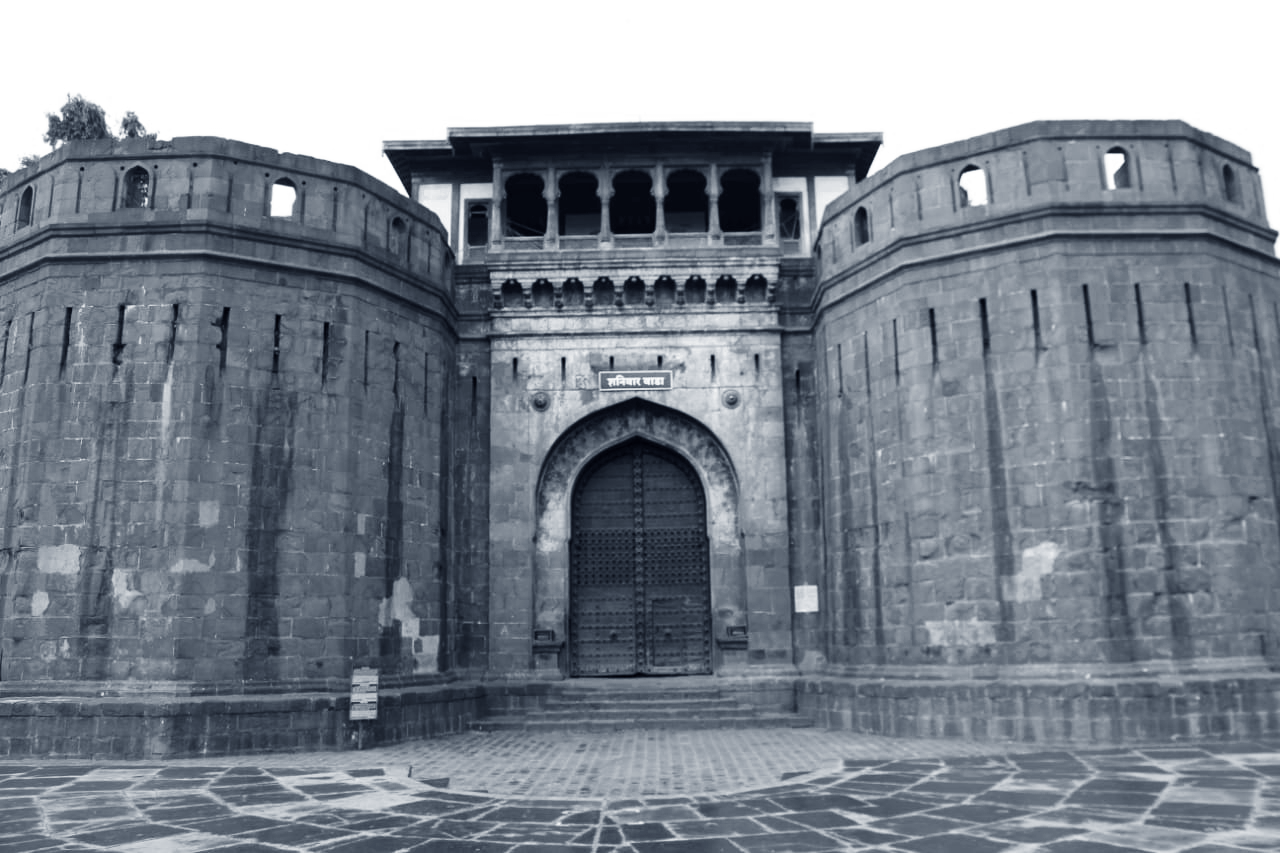Design Habitat

In pursuance of one of our future aspirations, we at the MIT Institute of Design are now planning to add a further dimension to the programmes of design learning at our campus. The concept of Design Habitat is in fact a logical and organic extension of our stated philosophy that ensures a total generalist ambience to enable design learning to happen on learners' own volition without being 'spoon-fed'. It would evolve as an overarching concept around the functional framework of the Design Institute which remains an integral component of the Habitat.
It is into this kind of stimulating and inspirational environment that mentors from various designs related disciplines would be invited to interact with the design learners and challenge their young minds to explore newer territories that should complement and reinforce their ongoing design learning. Here are some of the disciplines from which these mentors would be selected: Biomechanics, alternative energy systems, linguistics (semiotics), performing arts, plastic arts, design anthropology, perception and cognitive psychologies and several more. The mentors would ensure that the level of interaction is such that it eventually leads to a learning that is comprehensive, sustained and focused in depth, and directly -or indirectly- design related.
Distributing the course contents in form of projects is an obvious and time tested method. Each project would be formulated so as to necessitate participation of a mentor and one or two young aspirants pursuing the same discipline as the participating mentor. The team thus formed would be led by a member of the permanent faculty of the Institute. Sometimes the project might be so designed as to need participation of mentors from more than one discipline.
The enhanced scope of activities at the Design Habitat would also mean that we reinforce in phases the present areas of learning at the Institute. To this effect, two new centers of advanced learning are being envisaged for the near future.
The first is the Faculty of Architecture. The major emphasis here would be on humane and logical application of Twenty First Century technologies, arts and sciences toward solving the problems of human habitat in India. The second is a Centre for Theatre and Body Language, Even though it might seem to have been inspired by the old Bauhaus Theatre of the 1930's, its major thrust would be on exploring the worlds of light and sound effects and ways of communication by means of the human body language.
Environment and City

About Pune
Pune city, also known as the cultural capital of Maharashtra, has now established its name as the Oxford of the east. With a number of educational and research institutes, it offers a variety of options in higher education, thus attracting several knowledge seekers from all over the globe.
Climate
Pune (180 31' N, 730 51' E) is a plateau city situated near the western margin of the Deccan plateau. It is situated at a height of 560m above the mean sea level, near the confluence of the Mula and Mutha rivers. Surrounded by hills, PUNE lies in natural settings having a pleasant climate. The mean daily maximum and the mean minimum for the hottest month - May are 37 Celsius and 23 Celsius respectively. The same for the coldest month of December are 30 Celsius and 12 Celsius respectively.
How to Reach Pune
By Road: Pune is well connected by road with all the major cities within the state as well as outside the state. Daily private and government buses ply from Pune to Mumbai (3 hrs ).
By Air: The airport is situated in the Lohagaon area, about 12-km from the city. Indian Airlines and Jet Airways provide regular flights to Pune from Delhi, four flights a week to Chennai and Bangalore, two to three flights daily from and to Mumbai and Ahmedabad, Hyderabad and Goa.
By Rail: Pune has excellent railway services connecting all major cities
